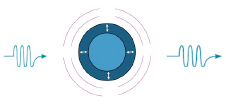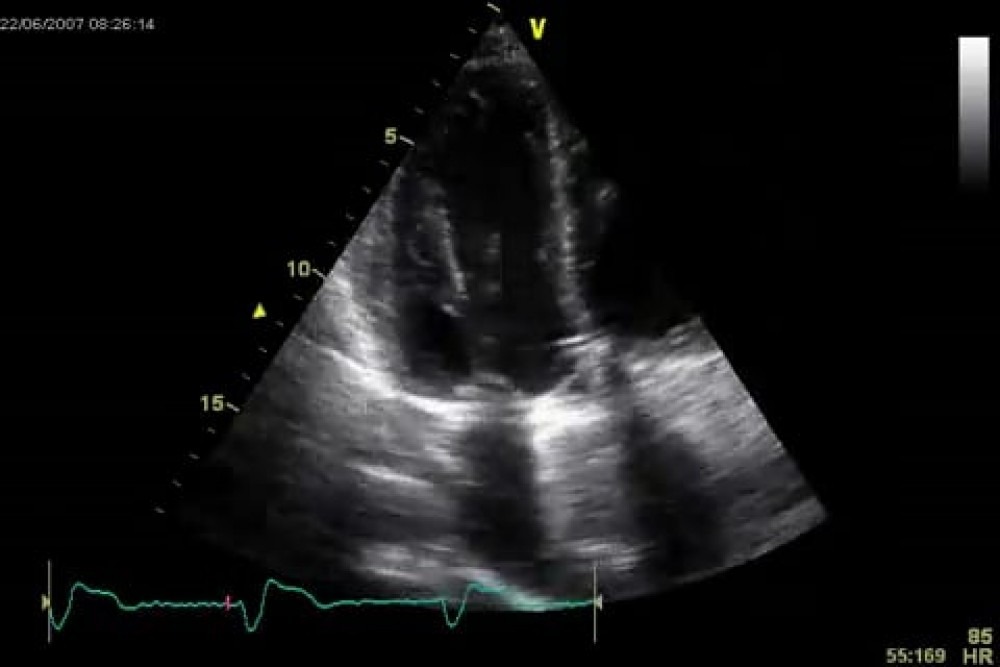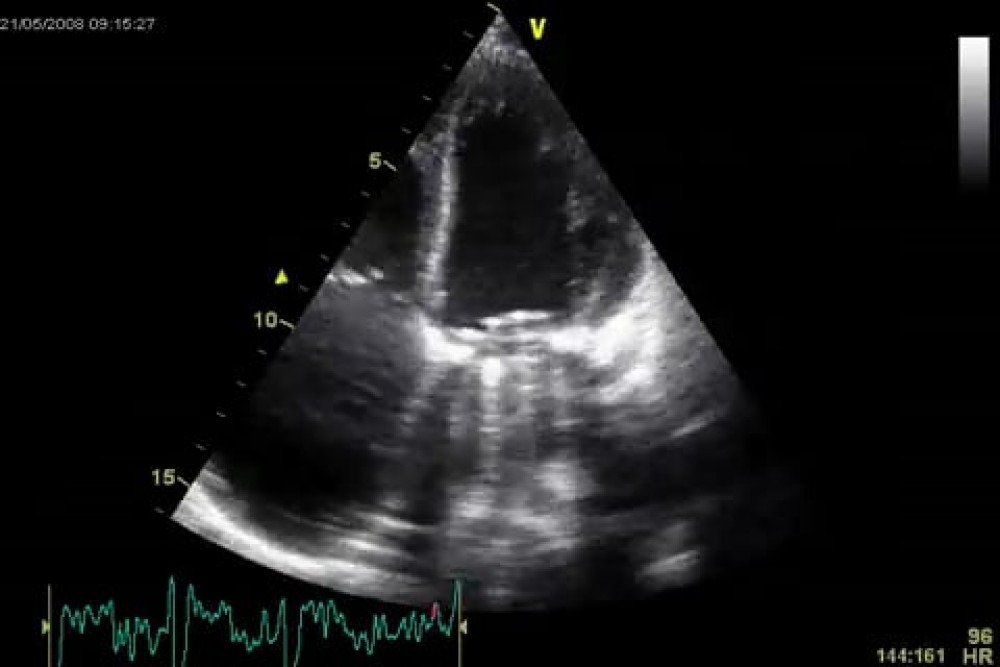1.4 Bioeffects of Ultrasound
Medical ultrasound as we use it for diagnostic purposes is safe. No adverse effects have been reported thus far. However, the ultrasound wave exerts certain physical effects on tissue. These effects are proportional to the intensity (mW/cm²) of the ultrasound wave. The intensity is the power of the ultrasound beam divided by the cross-sectional area it hits. We thus observe so-called thermal effects, which are also related to the density of the tissue. The denser the tissue (bone, for instance, is very dense tissue), the slower is the rise in temperature. In medical ultrasound we encounter no changes in temperature that might cause harm or discomfort to the patient. The second "bioeffect of ultrasound" are cavitations, which occurs in regions of high local pressure gradients. Cavitations are frequently seen in connection with prosthetic valves and consist of small bubbles composed of dissolved gases. In the experimental setting, the interaction of the sound wave with these bubbles may cause the bubble to collapse, thereby generating high local pressure that may cause tissue damage. However, no harmful effects of cavitations have been reported in clinical practice.
Effects of Ultrasound



